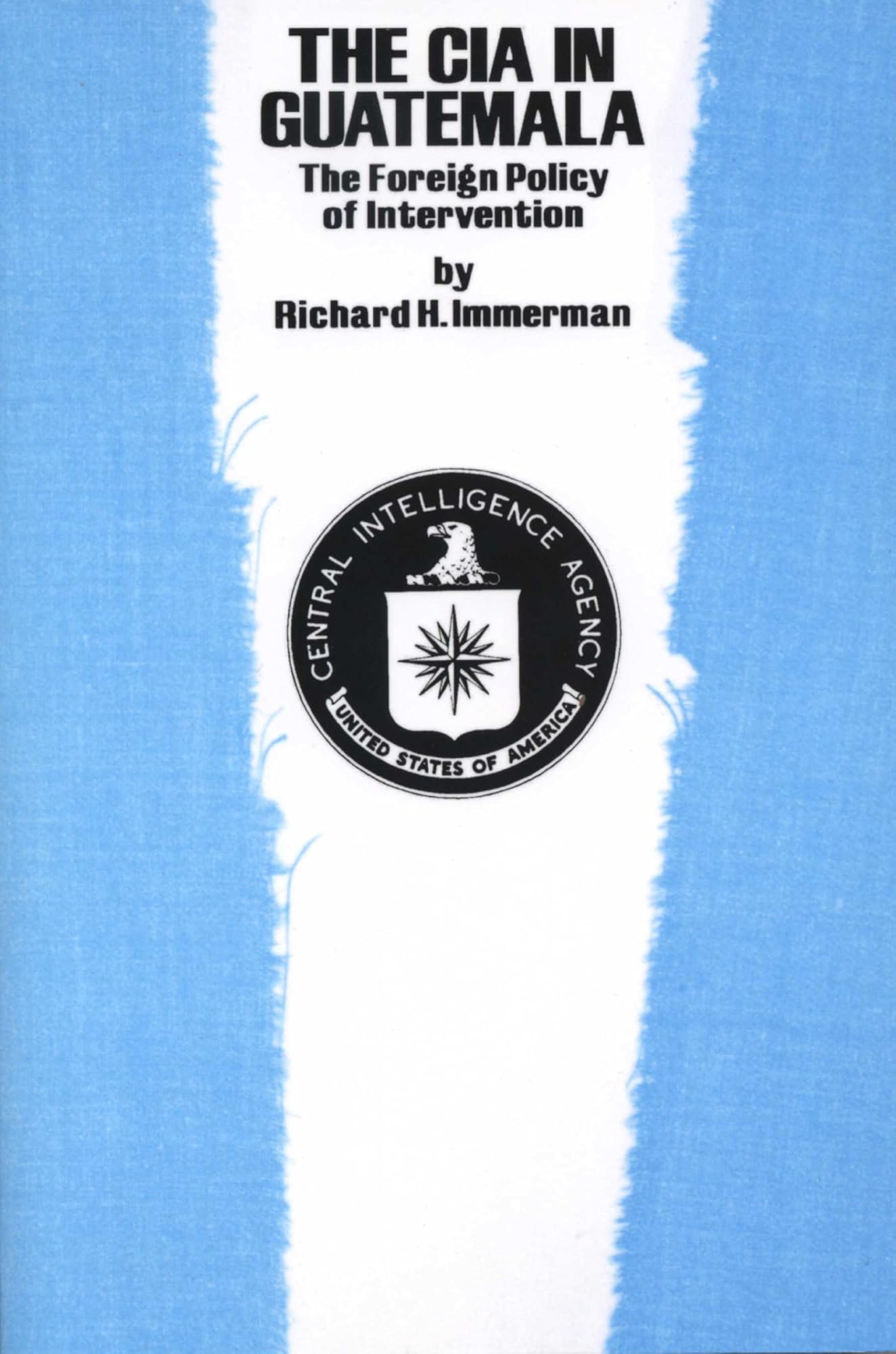
The CIA in Guatemala

In 1934, in power but three years, Ubico dispelled any doubts as to his determination by ordering the arrest of scores of students, workers, and prominent citizens, charging them with conspiring against his government. Many of these were seized in their homes and summarily killed on the spot. Others confessed after being tortured in prisons, and
... See moreRichard H. Immerman • The CIA in Guatemala
For Ubico democracy was an unaffordable luxury. He felt that the people could too easily be swayed by radical agitators; he trusted only the army, wealthy indigenous landowners, and foreign corporations.
Richard H. Immerman • The CIA in Guatemala
Ubico’s foremost biographer, Kenneth Grieb, writes that he tended to personalize all disputes, becoming vengeful and evoking the popular image of a wild and dangerous beast. According to Guatemalan folklore, Ubico once casually complained to his minister of war that Guatemala no longer had any brave men.
Richard H. Immerman • The CIA in Guatemala
Ingratiating landlords, assembling their Indian laborers days in advance of his arrival, frequently greeted him with noisy celebrations. At each village Ubico would pause long enough to adjudicate intricate legal cases, fire judges, reverse decisions, release certain prisoners, and sentence others to jail. He believed nothing was beyond his
... See moreRichard H. Immerman • The CIA in Guatemala
The foreign elements in Guatemala were far more concerned with the external market than the internal one; thus, as time went on, United Fruit and others devoted increasingly more land to export crops, such as coffee and bananas. By the time of the revolution, these two commodities constituted close to 90 percent of Guatemala’s entire agricultural
... See moreRichard H. Immerman • The CIA in Guatemala
What is crucial for our understanding of the direction taken by the Guatemalan revolutionary movement, a direction that created concern within the United States that Soviet Communism had penetrated the western hemisphere, is that, while this “feudalistic” economic system caused severe hardship for the majority of the people, it greatly benefited a
... See moreRichard H. Immerman • The CIA in Guatemala
only 2.2 percent of Guatemala’s population held over 70 percent of the land, and less than one-sixth of 1 percent held almost 14 percent. Twenty-two percent of the population, most of whom were ladinos, owned another 20 percent of the land, leaving less than 10 percent for the remaining population. About 90 percent of this remainder was Maya.
Richard H. Immerman • The CIA in Guatemala
If a revolutionary movement really were to reflect the interests of the people, it would have to take into account these strong traditional allegiances of the country’s majority. For this reason, certain of the government policies from 1944 to 1954 did not conform to the Western ideal, and within the cold war ethos these were readily interpreted as
... See moreRichard H. Immerman • The CIA in Guatemala
The social ideal is the conformist, not the innovator; the controlled individual, not the power seeker. Historically, the Maya held land primarily on a communal basis, with individual holdings based on land use rather than ownership. These traditions survived the policies of the Spanish conquistadors and the caudillos and were considered in the
... See more